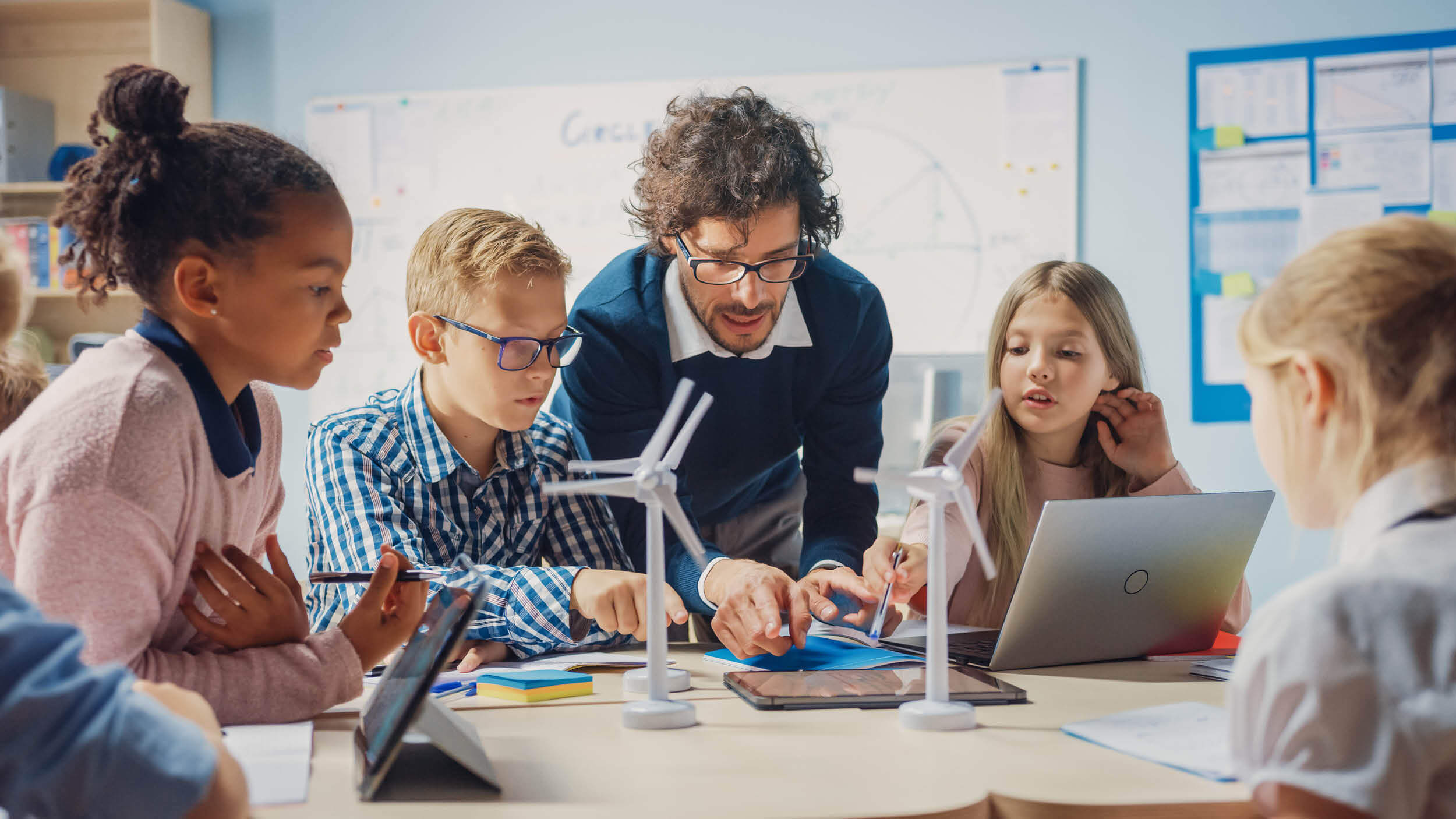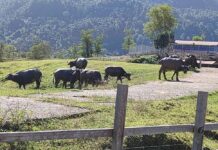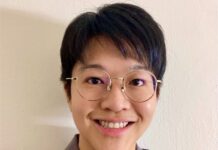BY LOUISE JECKELLS
The Indigenous STEM Awards recognise the achievements of Aboriginal and Torres Strait Islander science, technology, engineering or maths (STEM) professionals, students, schools, teachers and mentors working in Indigenous STEM education. They’ve been running since 2016, celebrating 46 winners from across Australia.
Josh is a Wajarri Yamatji man who grew up in the south west of Western Australia. Now in Melbourne, he works with a team of Aboriginal professionals developing of some of Australia’s most iconic infrastructure projects. Josh won the Aboriginal and Torres Strait Islander STEM Professional Early Career Award alongside Rikki Bruce from Darwin. They are the first engineers to win this Award.
Josh tells us about his career and how he is encouraging young Indigenous students to pursue STEM career pathways.
Tell us a bit about yourself?
I am an engineer and work as a senior consultant in infrastructure advisory. I help our clients align business, performance and cultural outcomes. This is to bridge the gap in understanding across all levels of the organisation.
I use my technical knowledge, as an engineer, alongside my cultural lived experience. I translate opportunities on major infrastructure projects into tangible outcomes for local Aboriginal communities, organisations, businesses and people. Their participation is enabled through facilitating a co-design process.
How did you get into a STEM career?
I’ve always been inquisitive – which complements a STEM career. I was drawn to natural processes and how our society interacted with nature from a young age.
I grew up in a very small beach-side town. Most of our entertainment revolved around exploration and outdoor activities. For example, I was fascinated with the processes that created the limestone caves. And how each year the Wooditchup (Wardandi Noongar name for the Margaret River) would change its path based on bushfires, rainfall and tidal influence at the river’s mouth. It was also evident how development clashed with these natural processes.
Local knowledge, and by extension traditional Aboriginal knowledge, is vital to the way we design things. I saw an opportunity to include traditional Aboriginal knowledge in this context by pursuing a STEM career. Therefore, I’m working to understand how we can further embed alternative Aboriginal perspectives into a built environment.
Why is it important to have diversity in STEM?
STEM industries and careers are quite literally shaping our society. They are rapidly changing the way we learn, connect and interact. In certain areas, this unchecked growth has led to severely negative outcomes for the environment. But for the greatest opportunity for success and future growth, there is an urgent need to cultivate talent and promote full inclusion.
I want to help unlock the incredible potential of Aboriginal and Torres Strait Islander people’s cultures. To do that we need to elevate the traditional knowledge and principles that have enabled us to be the longest continuing cultures.
How do you encourage young people to pursue a career in STEM?
Find something unique to you and combine it with anything you’re passionate about. For me that was reconnecting with my culture. Find ways to incorporate that element of your identity into your interests. I see a lot of younger students who are uncertain in their identity and where they fit in their community. Don’t let your culture be a hindrance. The reason? The world needs acceptance of diversity in both thought and person. And that starts at an individual level.
This year’s theme for National Reconciliation Week is ‘in this together’. How do you apply this to your life?
Over the past 24 years, National Reconciliation Week has encouraged the nation to come together and build mutually respectful relationships. The driving force behind this is the need to ‘close the gap’ between Indigenous and non-Indigenous Australians. The road to equality is long. But it is individual contributions toward reconciliation by every-day Australians driving progress.
Every day I look to learn something new about the people whose country I live and work on, past and present. And to share my passion for celebrating Aboriginal cultures and history with anyone willing to listen. – CSIRO

















